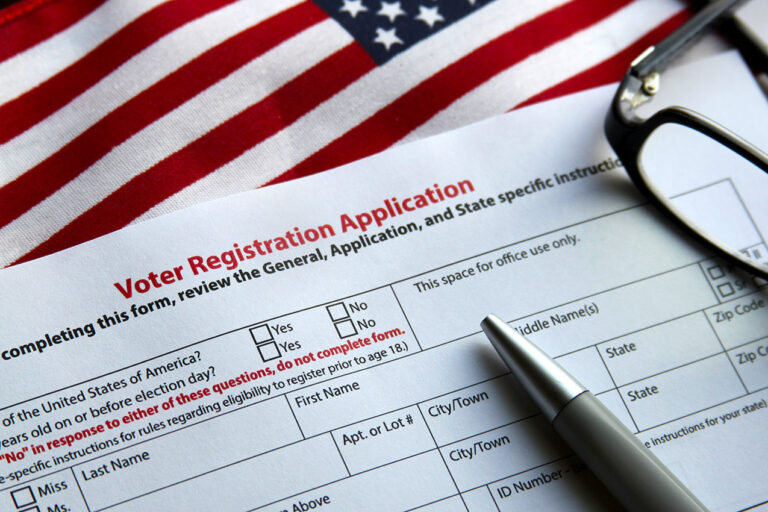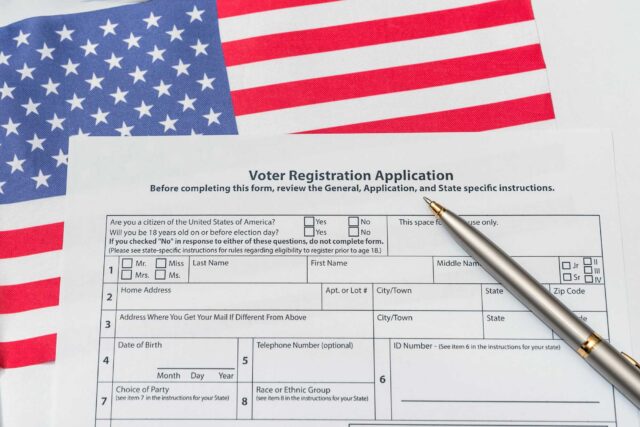Seeking to reverse a downward trend in voter turnout and diversify its electorate, California implemented the New Motor Voter (CNMV) program in 2018. Under the CNMV, the Department of Motor Vehicles (DMV) registers all customers who affirm their eligibility to vote and do not actively decline registration.
This report explores the CNMV’s impact on voter registration in California. The study finds:
- In its first year, CNMV more than doubled the number of people who registered through the DMV.
- Although it had ambiguous effects during the 2018 election cycle, CNMV continued to register people after the November election, leading to a higher registration rate overall.
- CNMV did not clearly increase registration among underrepresented groups.
The CNMV has successfully facilitated participation and raised the registration rate in a promising debut. However, it has yet to clearly demonstrate that it can raise registration rates in an election season beyond what the excitement of the election would otherwise produce. Nor has it yet made the state’s electorate more representative of its broader population. It is possible that California’s automated voter registration system is not aggressive enough to draw in low-engagement groups. We recommend changes that would clarify the application process and further encourage participation.
CNMV’s impact on turnout should also be examined. The reform has helped the state keep its registration file up to date, which may facilitate turnout for registrants who move shortly before an election. Finally, the DMV and the Secretary of State could improve their data reporting and availability policies to facilitate program evaluation.
Topics
Political Landscape Population




